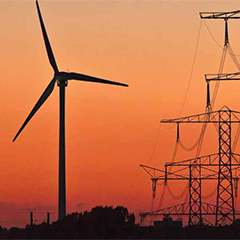The transition towards a lower-carbon electricity system initiated by OECD countries is proving to be a challenging exercise. The World Economic Forum has established the Future of Electricity platform to help countries, companies and societies learn and reflect as they undergo this transformation: a space for fact-based, yet informal dialogue on the transition to a new electricity landscape among the key stakeholders involved. PES takes a look at the WEF’s latest findings.
The electricity sector is undergoing an unprecedented transition. In the past, the sector provided affordable, secure and reliable electricity by attracting investors with low risk, stable returns. In the last decade, significant declines in the cost of renewable technologies, combined with new sources of natural gas, have offered the opportunity to simultaneously decarbonise the sector while also increasing energy security and reducing dependence on imported fuels.
OECD countries have invested heavily to achieve this, spending $3 trillion on new renewable and conventional power plants, transmission and distribution (T&D) infrastructure, and energy efficiency measures. This investment has helped reduce carbon intensity per unit generated by about 1% per annum and increase energy security by reducing imports of fuels by about 4%. Yet more has to be done, especially as the industry is less than 30% through the process, with a further $8 trillion needed from now until 2040 to meet policy objectives.
The experience of the EU – an early mover – raises concerns over the ability to attract this additional investment. As renewable capacity has been deployed in the EU, returns on capital have fallen across the board and risks for investors and technology providers have risen due to policy instability. This crisis of “investability” has highlighted lessons for policy-makers, regulators, business and investors, whether in the developed or developing markets. To attract the necessary investment, all key stakeholders need to take action. Policy-makers need to create policy frameworks that are efficient, stable and flexible, recognising the inherently uncertain technological and economic environment we live in.






























